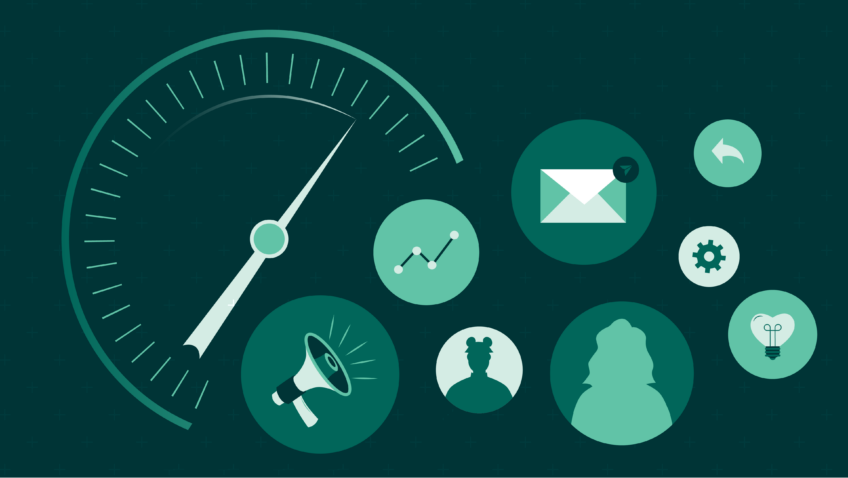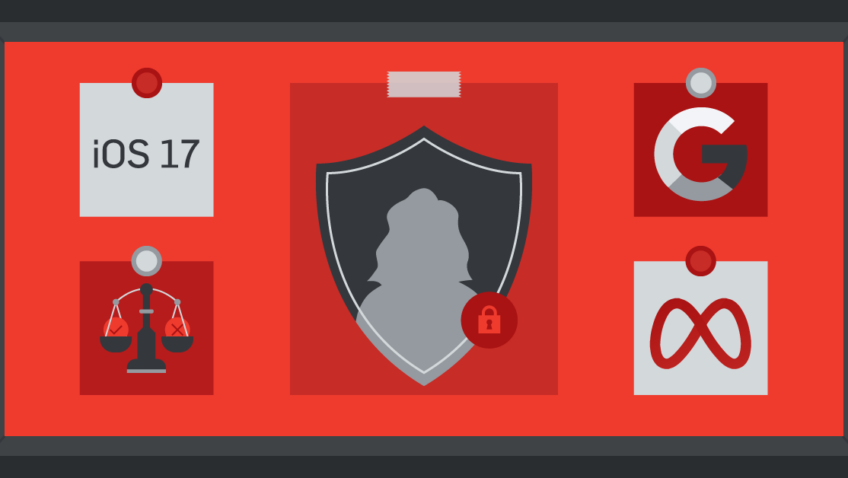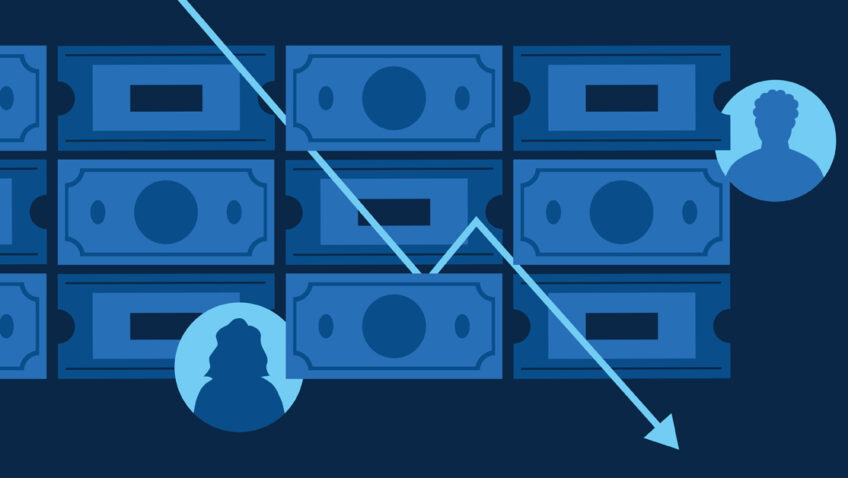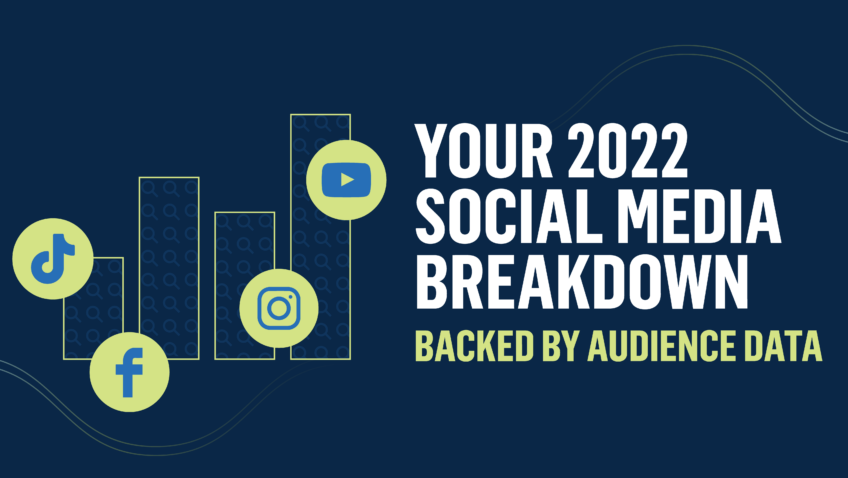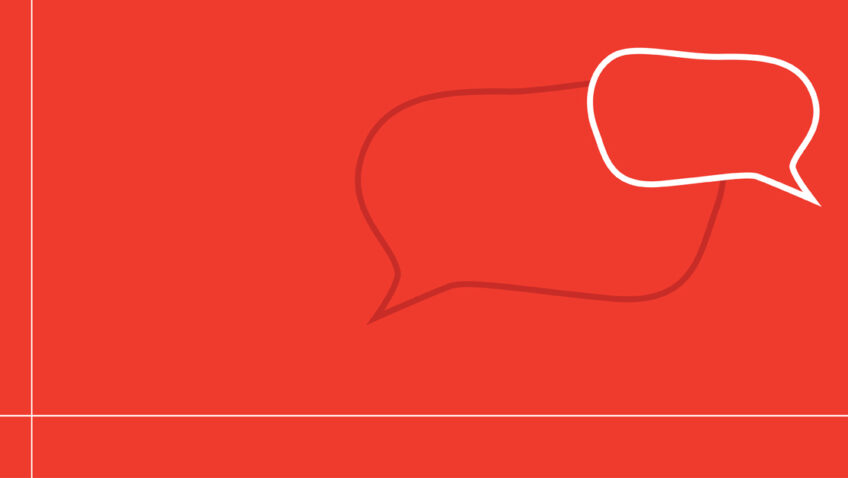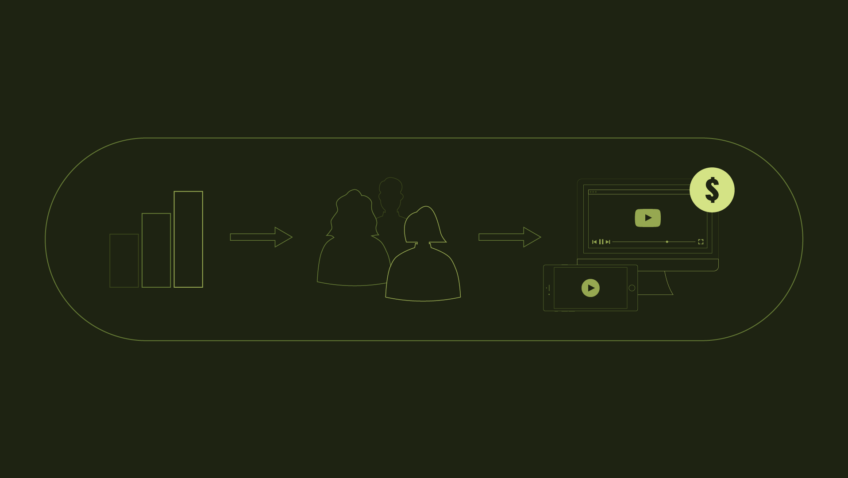Chatbots and AI in the Arts Industry
Everyone can provide rock-star customer service thanks to chatbot automation.
For most of us, working in a non-profit cultural organization means that your role is guaranteed to be multi-dimensional. Many hats, many browser tabs open at the same time. So when it comes to customer service and visitor engagement, it’s mostly a “get to it when you can” situation if you’re pitching in with frontline staff.
However, with the rise in digital engagement and new avenues for communication, we’re also faced with expectations for shorter wait times when it comes to answering customer outreach.
One method for minimizing customer outreach emerged: Turbo-charged FAQ resources. Microsites, email campaigns, reviews and testimonials, and more – all set up to deliver ongoing support a human staff could not achieve. Catchy, branded, and downloadable for further use – problem solved, right?
But these online resources don’t stop voicemails and info@yourorganization.org emails from flowing into the shared inboxes. All of our best-laid plans we hoped would translate into fewer questions or customer confusion did not fully materialize.
The reality is that behavior hasn’t changed – instead of a phone call, a potential customer wants the same question and answer format but in chat form. Even emails rely more on automation more than ever. When a person submits their question, they want to be prioritized and answered while their focus is on your organization. Time of day is meaningless, and customer service expectations are a twenty-four-hour window.
How does this work in your favor when your job load doesn’t reduce, and you still need to sleep at night?
Building a Solid Foundation
When the Rock & Roll Hall of Fame first turned on our chatbot automation through the HubSpot API, our main goal was to better connect with customers in a timely fashion. While opening Facebook Messenger made us more accessible to fans, it also taught us what they needed in those crucial moments.
To build the best-automated menu for our chatbot, we had to pay attention to the kinds of inquiries submitted to us. The HubSpot integration proved doubly useful because it gave us a way to collect the first questions submitted automatically. By creating new data fields tied to user submissions, we could easily filter and review questions in clusters sorted by keywords instead of case by case.
Finally, we could see what kinds of questions were driving fans to reach out to us in the first place. We could also assess whether or not we could use an automated menu through the bot to present most commonly asked for information without human intervention. Data cut through the mystery and presented us with a path to follow for setting up successful automated menus.
Chatbot in Action
Our Facebook Messenger chatbot launched the first weekend in April 2018, and we received 54 messages. 14 of those messages asked us about museum operating hours for the weekend – and without that quick answer, we may have missed out on welcoming those visitors to the museum.
The automation also lessened the weekend burden on our team to respond to messages that could be solved with accessible, immediate answers to general questions. While we clearly messaged on our website that we are open 363 days of the year, it was something fans questioned while planning a visit during holidays.
There is still a handoff between the chatbot and human interaction in our current set up. Some of the questions our organization receives require us to address each fan individually, but even in those cases, the fan feels acknowledged through the welcome series responses. These friendly messages align expectations with the human resources we’re able to provide. They also set the conversation up in a positive way rather than a voicemail or email left to collect in a shared inbox.
Think it’s time your organization launches a chatbot? Join me for my session at Digital Marketing Boot Camp for the Arts. You’ll learn how to build an automated menu that’s right for you. You’ll also hear about some of my most memorable fan inquiries ever received (no – the social media response team can’t get your favorite band inducted into the Hall of Fame!).
Ellie Ovsenik is the Director of Digital Marketing and Advertising at the Rock and Roll Hall of Fame. She’ll be presenting at Digital Marketing Boot Camp for the Arts 2019 on Bots and AI in the Arts.

